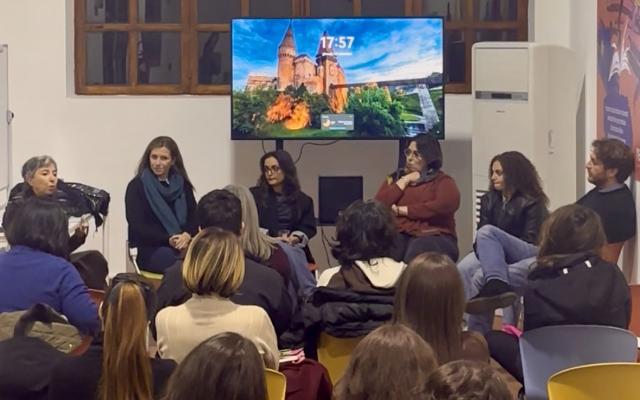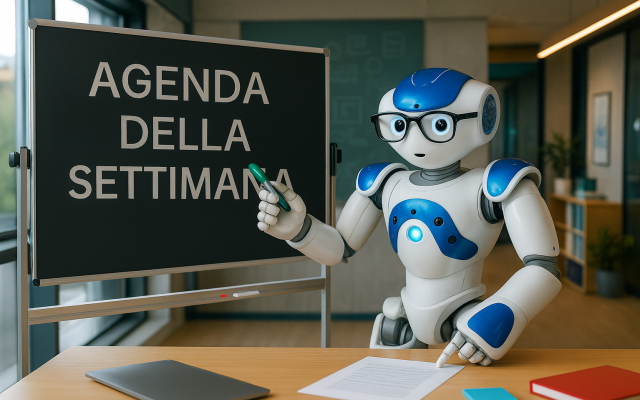2 min.
Electronic class registers, interactive media boards in every classroom and personal netbooks for all students. This is the Piacenza liceo Melchiorre Gioia, a school that is attended by 1500 students and has 150 teachers.
Clearly, the school also participates in the PINN, Pane e Internet per Nonni e Nipoti Project to extend digital literacy to the elderly. The project is promoted by the Regione Emilia Romagna and applies the intergenerational learning model developed by the FMD.
Amongst the many tutors coaching the Italian elders, there are many foreign students who attend the school. This is a direct and efficient way to overcome the stereotypes of families and the elderly population. In the audio clip, Prof. Elena Gabbiani tells Ana Lain and Cecilia Stajano about the success of a young African tutor nicknamed “Gullit” for the famous football player because of his Rasta braids. Gullit is a perfect master of the double code of integration: Italian and digital language.
This is an important challenge for Piacenza, a city that has always had one of the highest percentages of foreigners in schools (16.2%). The only cities with higher percentages are Mantova (16.9) and Prato (16.4), while the national average is 8.5%.
.JPG)



